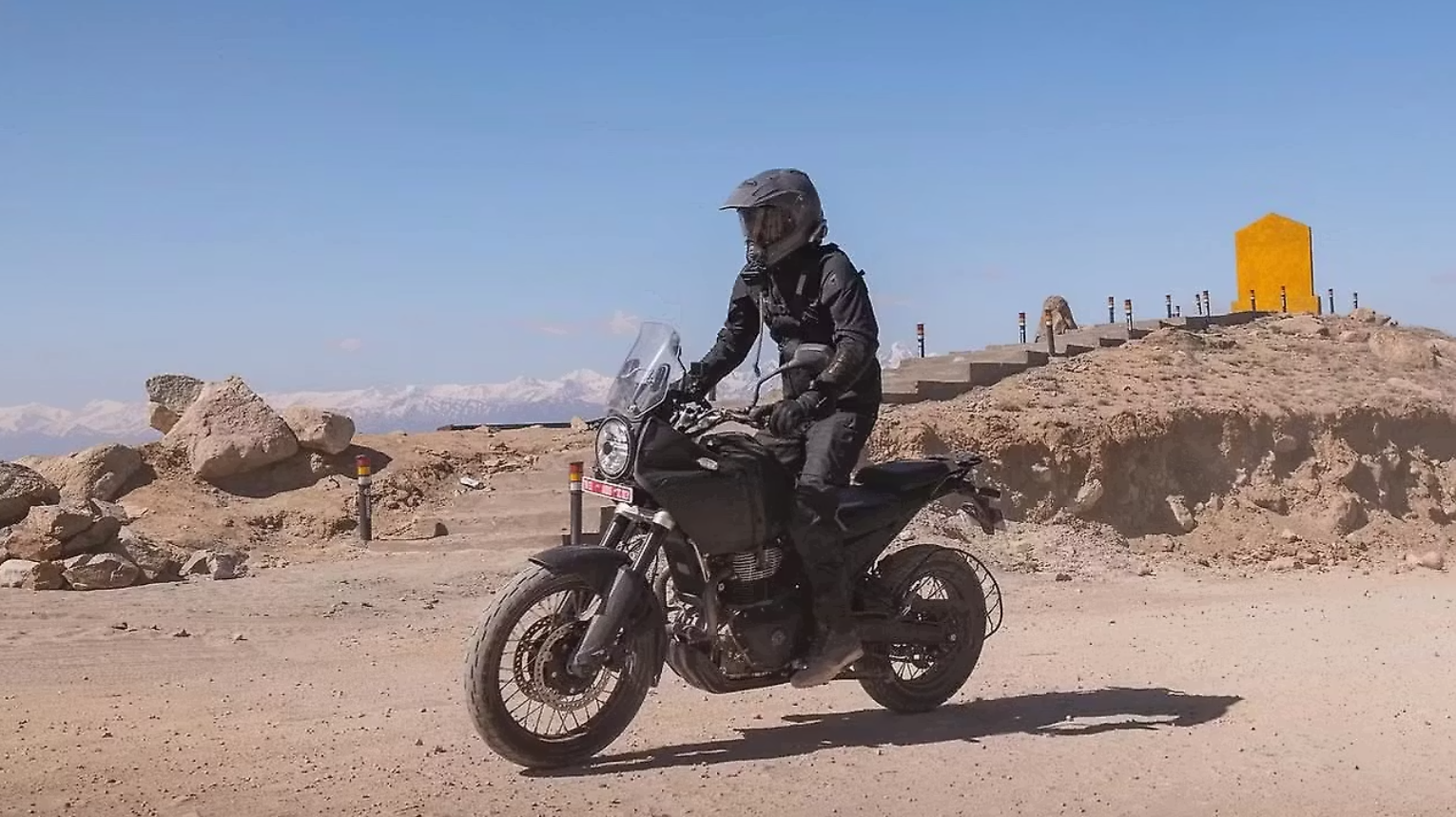Let’s be honest—Royal Enfield’s Himalayan 411 was a charming little adventurer. Rugged, approachable, simple. But for some riders, it lacked that extra punch for highway cruising or long-haul ADV rides. That’s where the Himalayan 750 comes roaring in.
The Himalayan 750 isn’t just a bigger engine slapped onto the same frame. It’s a total evolution, aimed squarely at riders who love the idea of a classic, no-nonsense adventure bike but want more power, better tech, and longer legs for real-world exploration.
In this deep dive, we’ll break down what makes the Himalayan 750 a serious contender in the middleweight ADV segment—and why you might want to clear space in your garage.
What Is the Himalayan 750? A Bigger, Badder Brother
The Himalayan 750 is Royal Enfield’s long-awaited answer to those who wanted more out of the Himalayan line. It’s powered by a 750cc parallel-twin engine, rumored to share DNA with the Interceptor 650 mill but tuned specifically for torque and off-road versatility.
Expect around 70–75 horsepower and 65 Nm of torque, with a meaty low-end grunt perfect for gnarly inclines and fully loaded luggage runs. Basically, it’s twice the engine, but still keeps that lovable, simple RE soul intact.
So why now? Royal Enfield knows the ADV space is growing fast—and riders want that sweet spot between light dual-sports and massive 1200cc beasts. The Himalayan 750 aims to fill that niche.
Design: Familiar Look, Built for More
One glance and you’ll know it’s a Himalayan—but beefed up. The signature minimalist bodywork, high front fender, and round LED headlight are still here. But the tank is bigger, the frame is reinforced, and suspension travel has been upgraded for real off-road pounding.
You’ve got a 19-inch front wheel (rather than the 21-inch on the 411), which means better handling on-road without giving up too much dirt performance. Plus, spoke wheels, dual-purpose tires, and long-travel suspension make it clear this bike isn’t just for show.
Oh, and did we mention the exhaust is now high-mounted for water crossings? Yeah—Royal Enfield’s thinking ahead this time.
Performance: Built for the Real World
Let’s talk about the meat and potatoes: how it rides.
The Himalayan 750 feels planted and capable. You’ll notice a significant power bump over the 411, especially when overtaking or climbing hills. It’s still not lightning-fast like a KTM 890 Adventure, but that’s not the goal.
Where the Himalayan 750 shines is in rideability. Smooth throttle response, linear torque curve, and enough power to cruise at 80+ mph comfortably. And thanks to a six-speed gearbox, you’ll have better gear spacing for both low-end torque and highway legs.
The suspension has been upgraded too. Upside-down front forks and a linked monoshock in the rear offer a plush ride on rough stuff without feeling vague on the road.
Himalayan 750 vs. Himalayan 411: Side-by-Side Breakdown
| Feature | Himalayan 411 | Himalayan 750 |
|---|---|---|
| Engine | 411cc Single | 750cc Parallel-Twin |
| Power | 24.3 hp | 70–75 hp (estimated) |
| Torque | 32 Nm | 65 Nm (estimated) |
| Gearbox | 5-speed | 6-speed |
| Suspension (Front) | Telescopic Forks | USD Forks (long-travel) |
| Front Wheel Size | 21-inch | 19-inch |
| Weight (Wet) | 199 kg | 220–230 kg (estimated) |
| Top Speed (Real-World) | 80 mph (pushing it) | 105+ mph (comfortably) |
| Price (Est. USD) | $5,499 | $7,999–$8,499 (projected) |
The Himalayan 750 steps into an entirely different league—without ditching the RE vibe that fans love.
Technology: More Features, Still Rider-Friendly
You won’t find a Tesla-level dashboard here—but the Himalayan 750 isn’t trying to be a rolling computer. It’s a tool, not a toy. That said, Royal Enfield has added just enough tech to make life easier without overwhelming you.
Here’s what you can expect:
-
Full-color TFT dash with turn-by-turn navigation
-
Ride-by-wire throttle for smoother fueling
-
Two ride modes (Road and Off-Road)
-
Switchable ABS for rear wheel slides
-
USB-C charging ports
-
Optional Bluetooth connectivity for calls and music
No gimmicks—just practical features designed for long rides and dirty roads.
Comfort and Ergonomics: Long Days? No Problem.
Adventure bikes are only fun if they’re comfortable. And the Himalayan 750 hits a sweet balance.
The seat height is around 835mm, tall enough for decent ground clearance but manageable for most riders under 6 feet. The handlebars are wide, the peg position is neutral, and the seat is plush enough for all-day rides.
Got luggage? No problem. The rear subframe is strong and ready for racks, panniers, top boxes, and whatever else you strap on. There’s even a rear rack pre-installed on higher trims.
Whether you’re commuting, crossing borders, or just heading into the woods, the Himalayan 750 won’t leave your back aching or your knees cramped.
Conclusion: Is the Himalayan 750 the Perfect Middleweight ADV?
If you’ve been eyeing something more powerful than the 411 but less complicated and expensive than a high-end BMW or KTM, the Himalayan 750 might be your unicorn. It brings just the right amount of power, tech, and comfort—without selling its soul.
Royal Enfield has clearly listened to its riders and responded with a bike that feels honest, capable, and refreshingly simple. Whether you’re planning your first adventure tour or looking to upgrade from a smaller dual-sport, this machine is well worth your attention.
In a world where adventure bikes are becoming bloated with electronics and sky-high prices, the Himalayan 750 stays grounded—and that’s exactly why it could be a hit.

